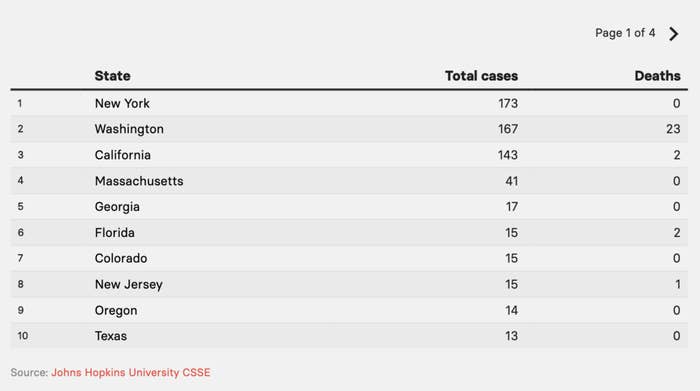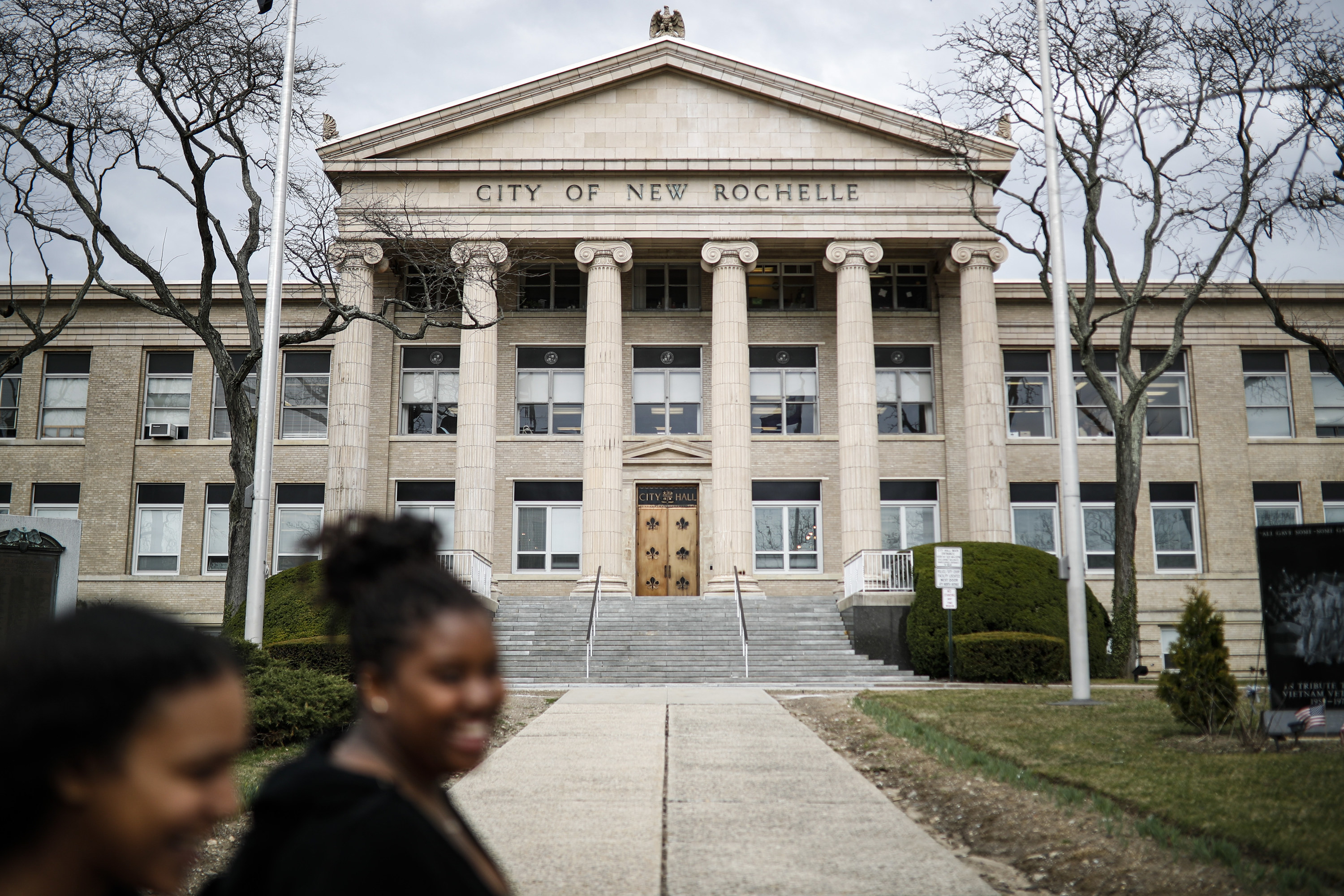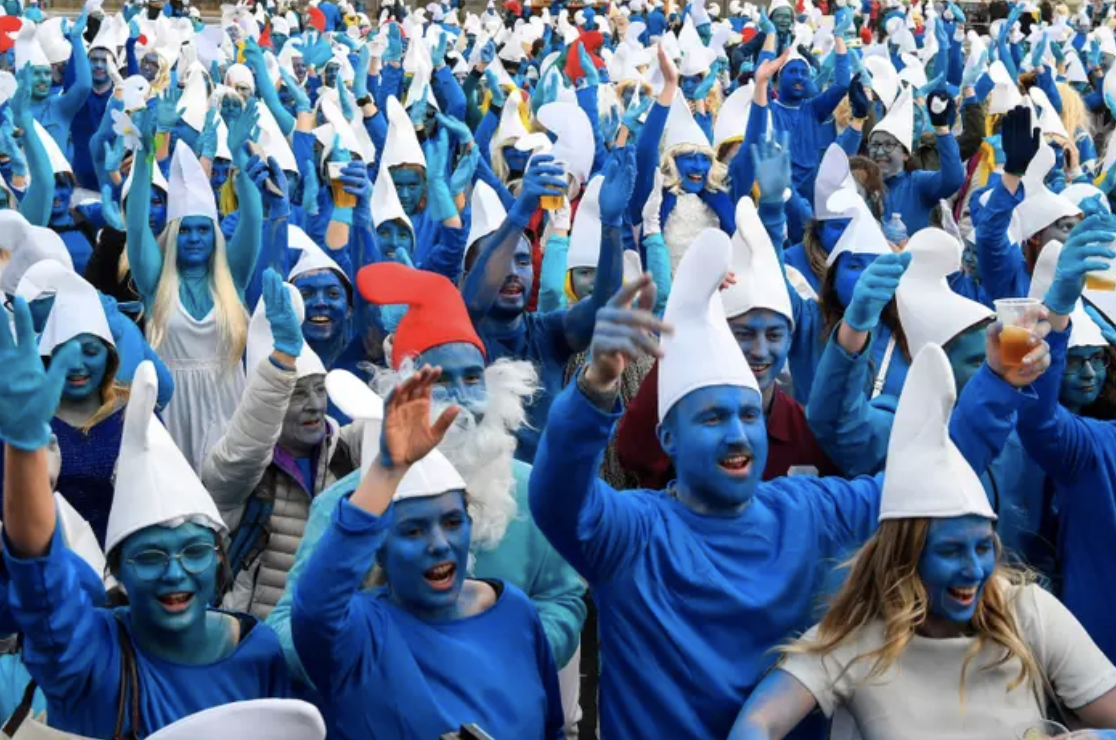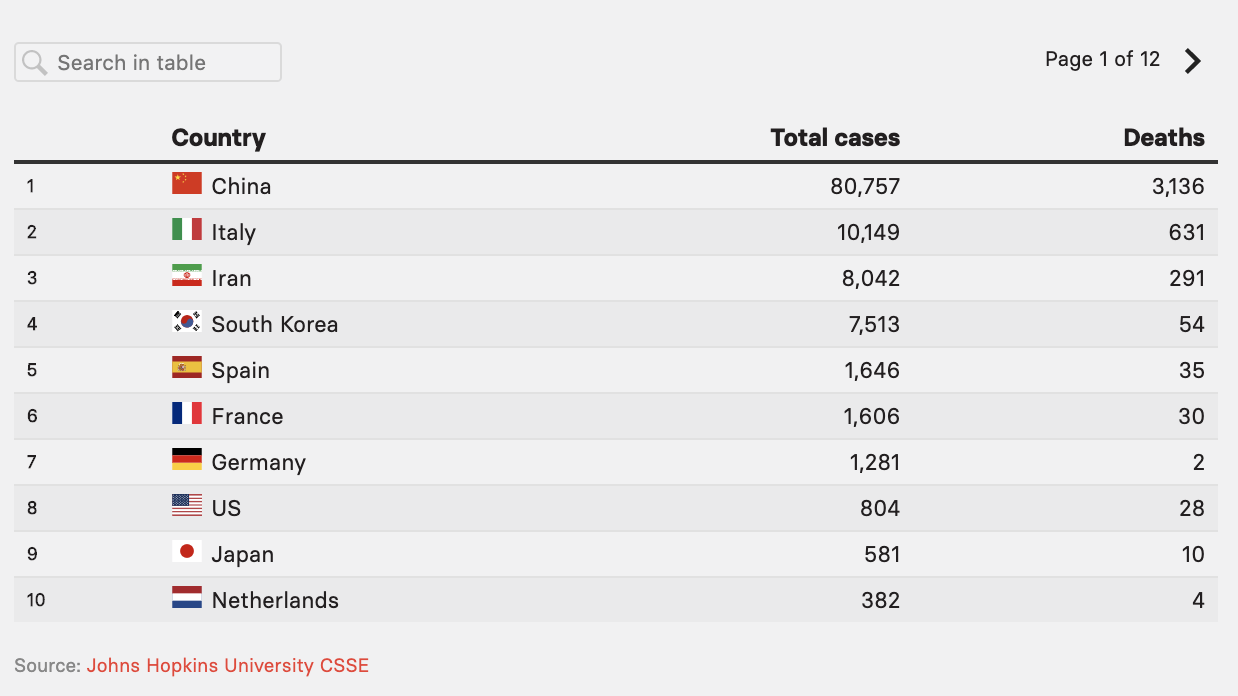
There’s a lot we still don’t know about the coronavirus outbreak. This newsletter does its best to put everything we do know in one place each day. We’re not about sensationalizing things, freaking people out, or speculating about how bad it’s going to get. You can sign up for the newsletter here. Do you have questions you want answered? You can always get in touch.
And with that, here’s what we know as of Tuesday, March 10.
Coronavirus in the US
As of Tuesday afternoon, there have been 804 confirmed cases and 28 deaths in the US. These numbers were accurate when we sent this out; for the latest numbers and charts, check out our new live-tracking page, where you can also look up the numbers by the state you live in.

New York has overtaken Washington as the state with the most confirmed cases in the country, and on Tuesday the state announced a containment zone around New Rochelle, a 78,000-person city north of New York City. Residents will be allowed to enter and leave the zone, but large gathering spaces will be closed, and national guard troops will be brought in to help deliver food and clean public spaces.
Bernie Sanders and Joe Biden both canceled election night rallies scheduled for Cleveland tonight after Ohio’s governor advised people to avoid events with large crowds. Six states hold their primaries today, and Ohio holds its own primary next Tuesday.
Dozens of colleges around the country have either canceled classes or sent students home, ranging from Ivy League schools like Harvard, Princeton, and Columbia to big public universities including many in the University of California system. Forbes is keeping a running list of all the schools announcing closures.
Nursing homes are among the most vulnerable places in the country, with COVID-19, the disease caused by the novel coronavirus, being especially deadly among older people. Industry leaders are recommending sweeping changes, including banning all nonessential visits and screening all visitors. “The mortality rate is shocking,” Mark Parkinson, the president of the American Health Care Association, told the New York Times.
For important information and updates, check the CDC’s dedicated coronavirus site. If you’re feeling sick and are worried it might be COVID-19, here’s a simple, step-by-step guide for what you should do.

Working from home for the next week or two?
We’ve put together a guide to stay happy, sane, and productive if you’re one of the many people around the country who aren’t heading into school or the office these days.
It’s got everything, from how to eat well to how to avoid becoming a wild-eyed social recluse who can’t remember what the sun feels like. Check it out!
Feeling sick, and worried it might be COVID-19?
First things first: Don’t panic. Even if you are infected, which is still unlikely, most people make a full recovery and do not get seriously ill.
But because some people are especially vulnerable, it’s important for all of us to know how to keep each other safe. So what should you look out for? To begin with, here are the symptoms: a fever, a cough, or respiratory issues such as shortness of breath.
If you have one of those symptoms, what to do next depends on a few things. We’ve put together a simple flowchart to help you know which steps to take.
What we’re reading
The big story
Coronavirus Symptoms Start About Five Days After Infection, New Research Finds: There’s lots of great information here from the Wall Street Journal about what scientists are learning about the virus and how it works.
What we’re watching
The MSNBC host Chris Hayes has been, by far, the most clearheaded and informative person on cable news covering the coronavirus story. Here’s a great segment from his show last night about the idea of “flattening the curve” as the outbreak becomes widespread. You’re going to hear this term getting thrown around a lot in the coming weeks, and it’s worth watching someone explain it clearly and well.
WATCH: @chrislhayes explains what happens if we don't "flatten the curve" in regards to coronavirus in the U.S. #inners
Scammers never sleep
The Food and Drug Administration threatened legal action yesterday against seven companies, including one run by disgraced televangelist Jim Bakker, for selling scam COVID-19 remedies.
Quote of the day
"The dorms are cruise ships."
— An unnamed university official, to MSNBC’s Lawrence O’Donnell, on why college students are unlikely to return after the spring break.
Quote of the day, French edition
"We must not stop living... It was the chance to say that we are alive."
— Patrick Leclerc, mayor of Landerneau in western France, on why he went ahead with a gathering for 3,500 people dressed as smurfs this weekend, despite public health concerns.

How is this working out for you? If you're finding this newsletter useful, you can sign up here and get it straight to your inbox each day.
Coronavirus around the world
As of Tuesday, March 10, there have been 118,099 confirmed cases and 4,262 deaths globally. These numbers are changing by the hour; you can get the latest figures from our live global tracker.

Italy stunned the world yesterday by expanding its quarantine of Milan, Venice, and other northern cities to cover the entire country. Now Italians, at home and abroad, are trying to figure out exactly how it will work, and how to move on with their lives.
French Minister of Culture Franck Riester has tested positive for the coronavirus, he confirmed late last night. He attended a cabinet meeting with President Emmanuel Macron last Wednesday, and Macron is now keeping face-to-face meetings to a minimum, Reuters reports. So far more than 1,784 people have tested positive in France, with at least 33 deaths.
Iran’s coronavirus outbreak has infected a surprising number of high-profile government officials. The Iranian government has said this is because the officials are spending time among the people they govern, but there’s probably another reason: The number of Iranians infected is much higher than currently known, and public officials are simply being tested at a higher rate.
